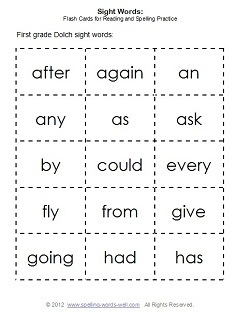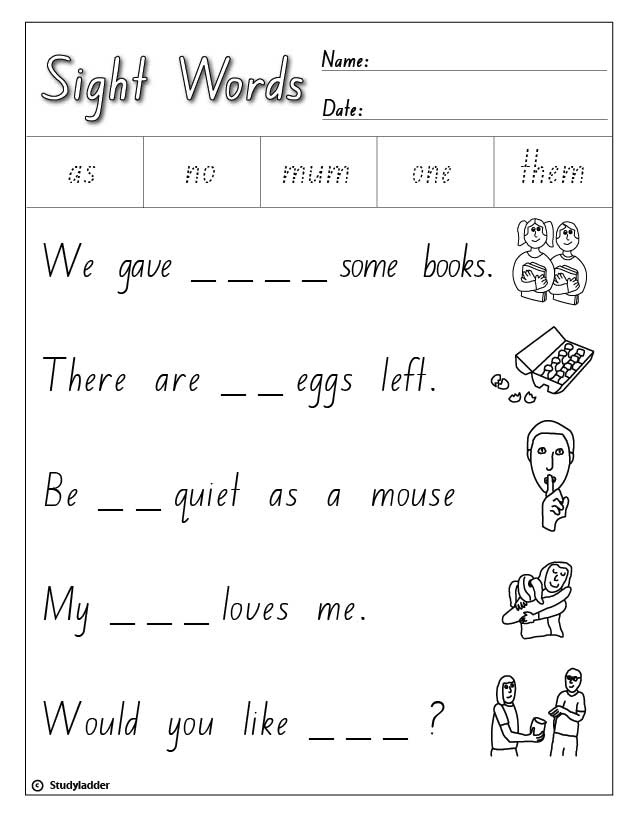

With all of that in mind, it certainly doesn’t hurt to help familiarize your child with sight words, which are the building blocks for budding readers. Edward Fry is responsible for adding to list, with over 1,000 words that students in grades three-through-nine should know. Edward William Dolch created what is now known as “Dolch sight words,” a list of the most common words for kindergarten through third grade, while Dr. In the world of sight words, there are two names you need to know: Dolch and Fry. What sight words should a first grader know? In short, sight words are those that are seen so often that they’re instantly recognizable. “These words move into long-term memory and are no longer sounded out,” she says. Rebecca Mannis, a learning specialist and developmental psychologist, because of the sheer number of times they appear in children’s books and other reading materials. Sight words are commonly referred to as “high frequency words”, explains Dr. Instead, each school district determines how many words are expected to be acquired by the end of each grade.” If you’re unsure of the sight words that your child should know, speak to your child’s teacher to get a list that you can practice with your child.

While sight words may be irregular, the definition of sight words is NOT words.

We often define sight words as words that kids can’t sound out words like the, for example. “Although the Common Core Curriculum contains a goal for reading ‘common high-frequency words by sight’, it does not provide a specific list of sight words by grade level. Traditionally, when teachers say sight words, they are referring to high frequency words that children should know by sight. “Sight words are often used as a measure of student’s school preparedness and progress, as sight word knowledge contributes to reading fluency,” Elena Smith, a speech and language pathologist, explains. The concept of sight words - and they way that lists of sight words are created - is quite simple. If you’re new to sight words, don’t worry. It can be fun to practice them with your child - more fun than, say, subtraction facts. And remember, working on sight words don’t have to be stressful. Children who can recognize sight words quickly will strengthen their reading fluency. If they’ve mastered the sight words for kindergarten, they’re probably ready to tackle the sight words for first grade. Sight words make up 50-75 of the books your child will begin reading. But when it comes to really getting the hang of reading, learning sight words - words that your child should be able to know upon, well, sight - can be incredibly helpful. By the time your child enters first grade, they’ve may have already been exposed to the basics of learning to read and write.


 0 kommentar(er)
0 kommentar(er)
